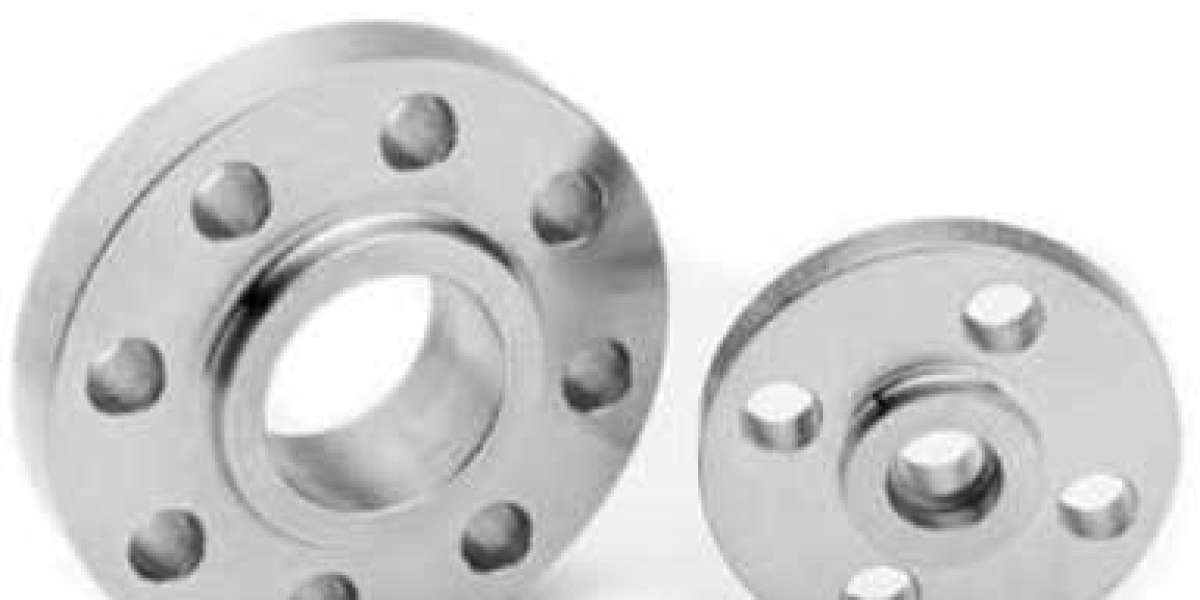Flanges play a crucial role in piping systems across various industries. This article explores why flanges are indispensable components that ensure the integrity, safety, and efficiency of pipelines. It examines the key functions and benefits of using custom flanges for pipe connections.

Highlight
- Provide secure pipe connections
- Reinforce strength and stability of joints
- Enable superior sealing capabilities
- Offer versatility for diverse applications
- Allow easy access for inspection and maintenance
- Adhere to industry standards for reliability
Robust and Leak-Proof Connections
Flanges serve as an essential connecting component that joins pipes firmly together. By using bolts or welding, flanges can fasten two pipes securely, forming a sturdy and leak-proof joint. The adjustable nature of flanges allows flexible positioning of pipes for proper alignment and avoids misalignment issues. This ensures fluids or gases flow smoothly without leakage or pressure loss. Flanges also enable convenient connections between pipes of different sizes or materials.
Reinforced Strength and Stability
In addition to secure joints, flanges significantly enhance the strength and stability of pipe connections. Their design and material composition enable uniform distribution of load, pressure, and stress across the joint area. This minimizes pipe failure or leakage risks. Flanges withstand high pressures and temperatures, providing rigid support against vibration, bending, and distortion. Their robust construction withstands demanding industrial conditions for long-lasting reliability.
Superior Sealing Capabilities
Flanges, together with gaskets, deliver excellent sealing performance to prevent leakage in piping systems. Gaskets create a tight seal between flange faces, containing fluids and gases. Proper gasket material and installation ensure optimal sealing effect. The elasticity of gasket materials enables them to conform to flange surfaces, maintaining a leak-free barrier. This makes custom flanges ideal for hazardous substances and high-pressure applications.
Versatility for Diverse Applications
Flanges exhibit versatility owing to the availability of numerous types, sizes, and materials. This allows integration into different piping systems and connection of assorted pipe materials. Options like weld neck, slip-on, threaded, and blind flanges suit specific installation and operating requirements. Various sizes and pressure ratings match the needs of small to large diameter pipes. Compatibility with materials such as steel, stainless steel, cast iron, and PVC enables joining of dissimilar pipe materials.
Accessibility for Maintenance
Flanges permit easy access for inspection and maintenance activities by allowing swift disconnection and reconnection of pipe sections. This eliminates the need to dismantle entire pipelines when accessing components for servicing. Quick disconnecting-reconnecting of flanged joints also minimizes system downtime. Routine maintenance and component replacement are facilitated without significant disruption.
Standardized for Reliability
Flanges follow industry standards like ANSI, ASME, and API that define dimensions, materials, and ratings. Standardization ensures uniformity, interchangeability, and compatibility of flanges across manufacturers. It also guarantees optimal strength, durability, and performance as per application demands. Adhering to standards simplifies selection while meeting design specifications.
Conclusion
Flanges deliver unmatched performance in pipe systems across industries. Their ability to provide secure, leak-tight connections and withstand high pressures makes them indispensable. Flanges enhance pipeline safety, efficiency, and longevity through their robust construction, versatility, and standardization. By preventing leakage and failures, flanges ensure smooth functioning of critical piping infrastructure.








